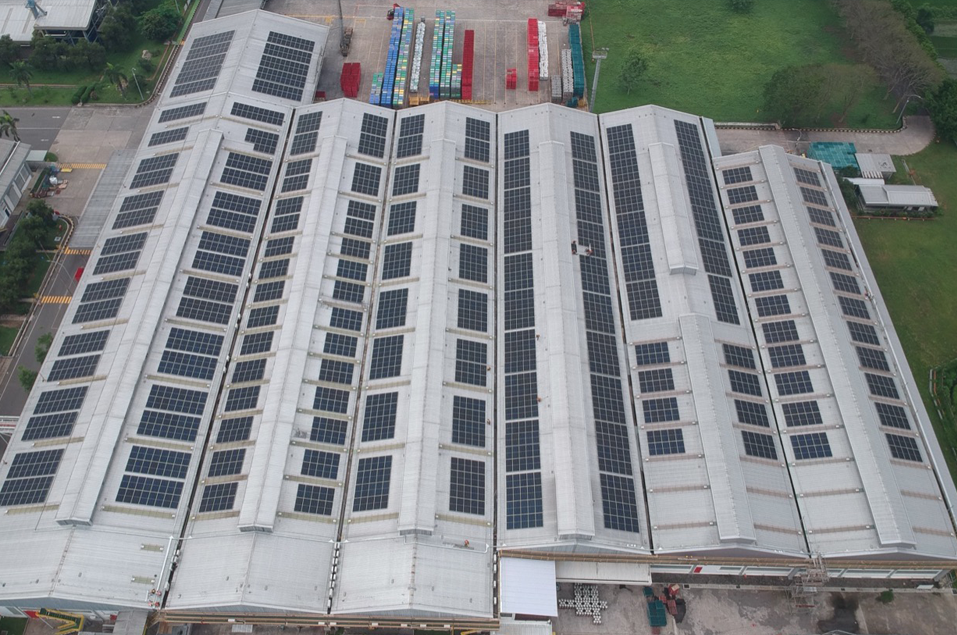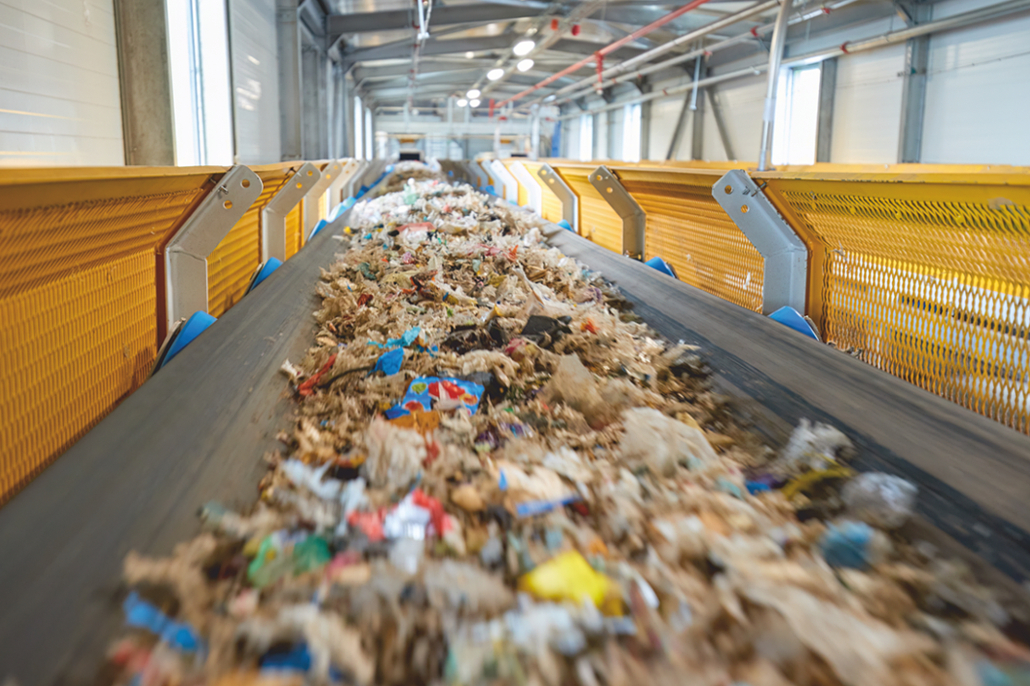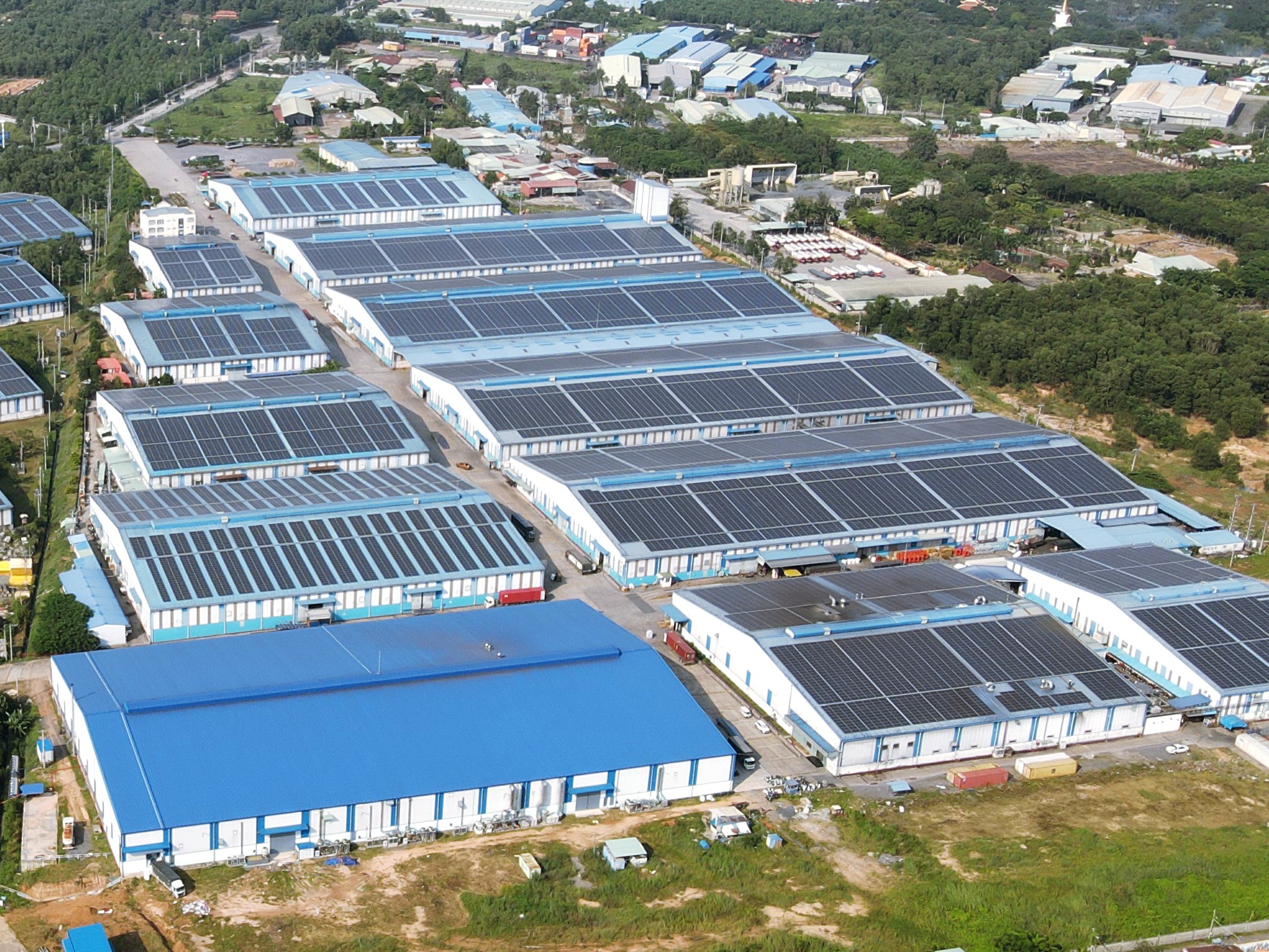Our Projects
Showcasing our successful renewable energy implementations across Africa
Solar Farm – Kenya
The 50MW Solar Photovoltaic Plant in Kenya stands as a milestone in Pivot Energy Ltd's mission to revolutionize the African energy sector. Strategically located in a region with abundant sunlight, the plant harnesses solar power to deliver clean electricity to over 100,000 households. This project not only bridges the energy access gap but also significantly contributes to climate change mitigation by offsetting thousands of tons of CO₂ emissions annually.
Equipped with advanced PV modules and real-time monitoring systems, the farm ensures optimal energy production and grid stability. Beyond environmental impact, the initiative supports local development through job creation, community training programs, and improved infrastructure. It also strengthens Kenya's progress toward achieving its Nationally Determined Contributions (NDCs) and the UN Sustainable Development Goals (SDGs), particularly SDG 7 (Affordable and Clean Energy) and SDG 13 (Climate Action).
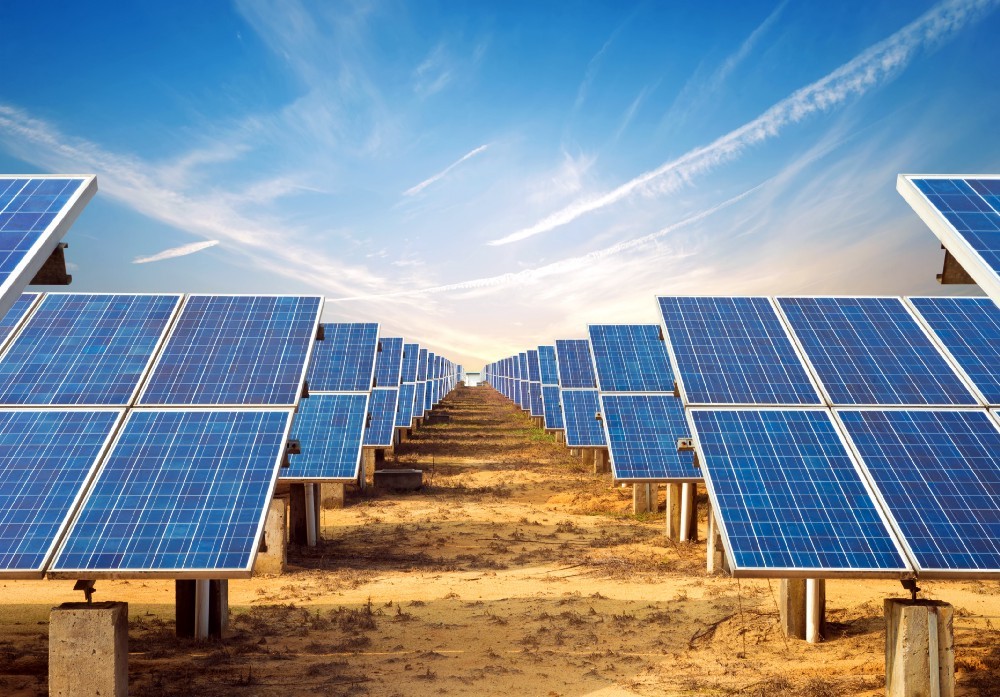
Wind Farm – South Africa
The 75MW Wind Farm in South Africa is a landmark renewable energy project developed by Pivot Energy Ltd to harness the country’s vast wind resources. Located in a region with consistent wind patterns, the farm comprises advanced wind turbines capable of powering over 60,000 homes annually. This project significantly contributes to the nation’s energy diversification and environmental goals by reducing carbon emissions by approximately 150,000 tons each year. Beyond energy production, the project has generated local employment opportunities, improved infrastructure, and reinforced community engagement through educational and sustainability initiatives. It stands as a testament to our commitment to clean, scalable, and impactful energy solutions across Africa.

Hydro-power Farm – Kenya
The Hydro-power Farm in Kenya is a high-capacity renewable energy project designed to harness the kinetic energy of flowing water to produce clean electricity. Power is initially generated at 11 kV across all units and efficiently stepped up to 132 kV through robust 75 MVA transformers. This high-voltage energy is then seamlessly transmitted to the national grid via the adjacent Kenya Power and Lighting Company (KPLC) Rabai substation.
Strategically located along a perennial river with significant flow rate, this hydro facility plays a vital role in stabilizing Kenya’s power supply while minimizing carbon emissions. It supports the country's vision of increasing its renewable energy capacity and achieving energy independence through sustainable means.
The project ensures minimal ecological disruption through advanced turbine systems and sediment management techniques. It also contributes to rural electrification, job creation, and enhanced infrastructure in nearby communities. As a dependable source of baseload power, the Hydro-power Farm complements intermittent renewables like solar and wind, further diversifying Kenya’s energy portfolio.
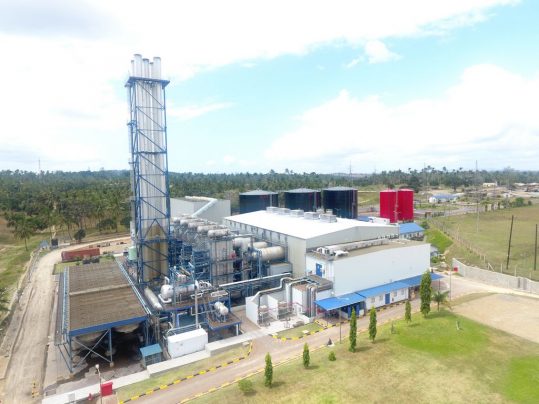
Wind Farm – Philippines
Home to ACEN’s pioneering Conservation Estate, the North Luzon Renewables wind farm provides a significant contribution to the energy grid, supporting the province of Ilocos Norte’s status as the renewables capital of the Philippines.
With an installed capacity of 81 MW, the wind farm powers over 41,000 homes annually and avoids approximately 120,120 tCO₂e emissions each year. Located in Pagudpud, Ilocos Norte, this project showcases the potential of sustainable energy to uplift communities and mitigate climate change.
China ~ Waste to Energy | Global Impact
Waste-to-energy processes burn waste to produce heat and/or electricity. This reduces greenhouse gas emissions but introduces health and environmental concerns. As a transitional solution, it plays a key role in reducing landfill methane and reliance on fossil fuels.
By 2050, converting waste to energy could avoid 5.24–6.27 gigatons of greenhouse gas emissions. Although it’s not a long-term solution compared to zero waste, composting, and recycling, it remains a viable option in regions with high waste generation. Electricity output from waste-to-energy plants is projected to increase from the current 140 TWh to between 104.92 and 340.32 TWh, depending on future global energy demand.
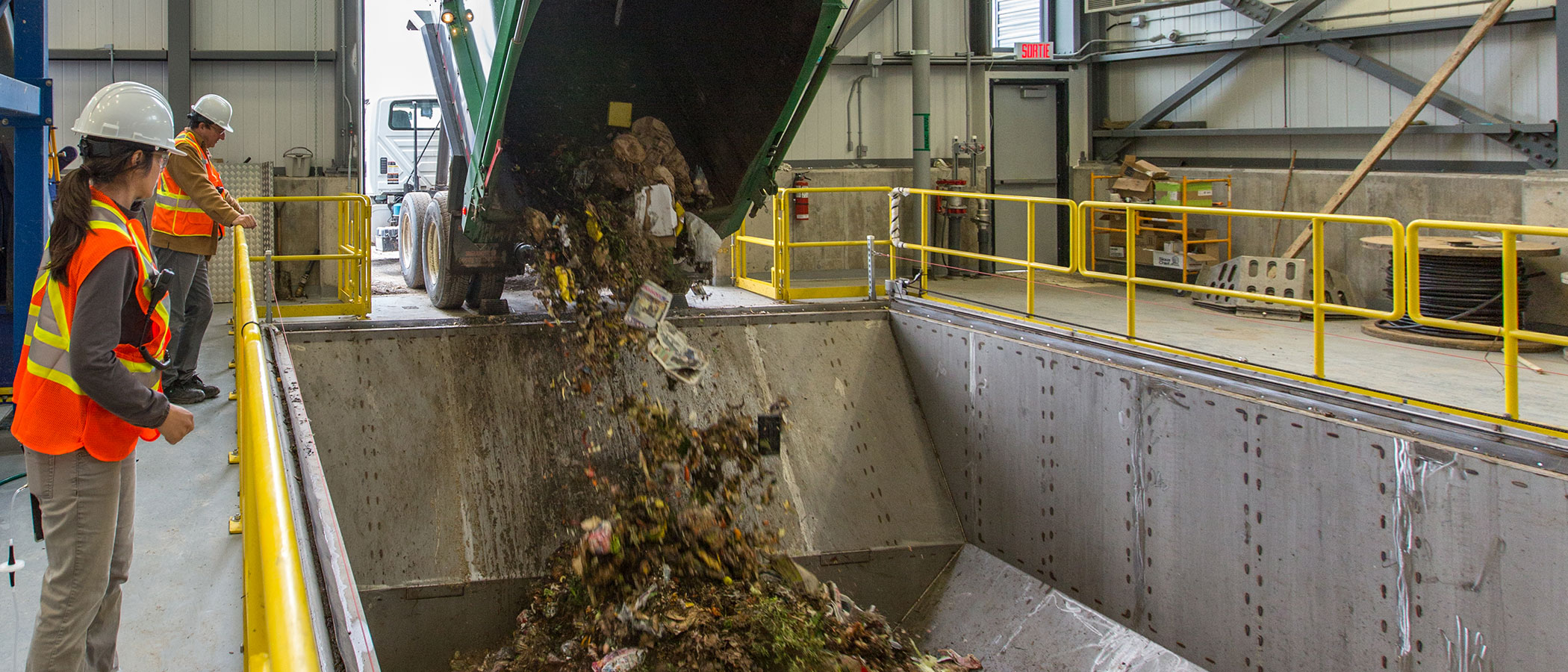
News & Updates
Stay informed with our latest project milestones, insights, and energy updates
What Our Clients Say
Trusted by leading organizations across Africa
Get In Touch
Ready to start your renewable energy journey? Contact us today.
info@pivot-energy.africa
Phone
+254733660050
Address
Nairobi Kenya
